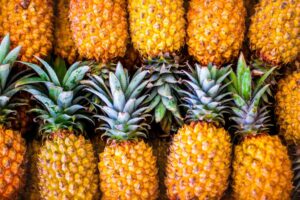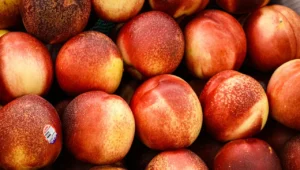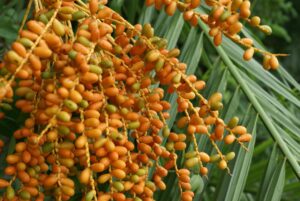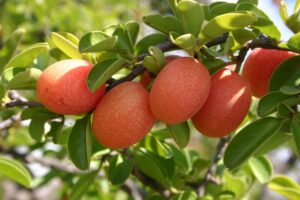How to Grow and Care for Orange Trees: A Complete Guide
Growing your own orange trees can be a rewarding experience, providing you with fresh, juicy fruits and beautiful ornamental value for your home or garden. Whether you’re planning to grow oranges in your backyard, in containers on your patio, or even indoors, this comprehensive guide will walk you through everything you need to know to successfully cultivate thriving orange trees.
Understanding Orange Trees
Before diving into growing techniques, it’s important to understand what you’re working with. Orange trees (Citrus sinensis) are evergreen fruit trees that can reach heights of 20-30 feet when grown outdoors, though dwarf varieties suitable for containers typically grow to 8-12 feet.
According to the USDA National Agricultural Library, oranges are among the most widely cultivated fruit trees in the world, with Florida and California leading U.S. production. However, you can grow your own orange trees regardless of where you live by adapting your growing methods to your climate.
Popular Orange Varieties for Home Growers
| Variety | Best Growing Method | Climate Tolerance | Size | Flavor Profile | Time to Harvest |
|---|---|---|---|---|---|
| Valencia | In-ground/Container | USDA zones 9-11 | Full-sized | Sweet, juicy | 12-15 months |
| Navel | In-ground/Container | USDA zones 9-11 | Medium-large | Sweet, slightly acidic | 7-12 months |
| Blood Orange | In-ground/Container | USDA zones 8-11 | Medium | Berry-like, distinctive | 5-6 months |
| Calamondin | Container | USDA zones 9-11 | Dwarf | Tart, acidic | 12 months |
| Satsuma | Container | USDA zones 8b-11 | Dwarf to medium | Sweet, low acid | 10-12 months |
| Washington Navel | In-ground/Container | USDA zones 9-10 | Medium-large | Very sweet, seedless | 7-12 months |
Growing Orange Trees Outdoors
Growing orange trees in your garden can provide you with a beautiful landscape feature and a bountiful harvest. Here’s how to grow oranges outdoors successfully:
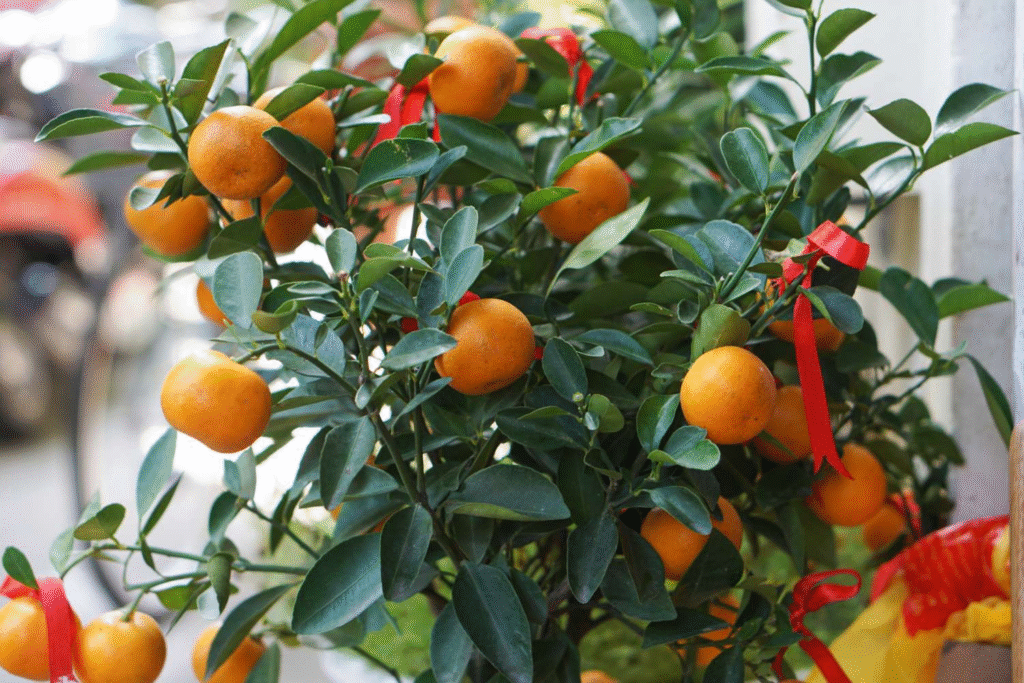
Climate Considerations
The first step in growing orange trees outdoors is assessing whether your climate is suitable:
- Orange trees thrive in USDA hardiness zones 9-11
- They require full sun exposure (6-8 hours daily)
- They need protection from freezing temperatures and strong winds
- Average annual temperatures between 55°F and 85°F are ideal
If you live in a colder climate, consider growing dwarf varieties in containers that can be moved indoors during winter months.
Soil Requirements
Oranges need well-draining soil with specific characteristics:
- Slightly acidic soil (pH 5.5-6.5)
- Sandy loam is preferable
- Good drainage is essential
- Rich in organic matter
- Free from soil-borne diseases
Test your soil before planting and amend as necessary with compost, aged manure, or specific citrus soil amendments.
Planting Your Orange Tree
The best time to plant orange trees outdoors is spring, after the threat of frost has passed. Follow these steps:
- Choose a planting location with full sun and protection from wind
- Dig a hole twice as wide as the root ball but of equal depth
- Remove the tree from its container and gently loosen the roots
- Place the tree in the hole, ensuring the top of the root ball is slightly above ground level
- Backfill with soil, tamping down gently to remove air pockets
- Create a small basin around the tree for watering
- Water thoroughly after planting
- Apply a 2-3 inch layer of mulch around the base, keeping it 6 inches away from the trunk
Watering and Fertilization
Proper watering and fertilization are crucial for orange tree health:
Watering schedule:
- Young trees: Water deeply twice weekly during the first year
- Established trees: Water deeply every 1-2 weeks, depending on rainfall
- Reduce watering during winter months
- Water more frequently during drought or extreme heat
Fertilization:
- Use a balanced citrus fertilizer (such as 8-8-8)
- Apply fertilizer three times per year: early spring, early summer, and fall
- Follow package instructions for application rates based on tree size
- Increase amounts gradually as the tree matures
The University of Florida Extension Service recommends monitoring leaf color as an indicator of nutritional status—pale green or yellowish leaves often indicate nitrogen deficiency, a common issue in citrus trees. You can find more specific information on citrus nutritional needs at the USDA Agricultural Research Service.
Growing Oranges in Containers
If you have limited space or live in a colder climate, growing orange trees in containers is an excellent option:
Choosing the Right Container
Select a container that:
- Is at least 15-20 gallons for dwarf varieties
- Has adequate drainage holes
- Is made of a durable material like ceramic, plastic, or fiberglass
- Is 25% larger than the current root ball
Container Soil Mix
Use a high-quality citrus or container mix with:
- Equal parts potting soil, peat moss, and perlite or coarse sand
- pH between 5.5 and 6.5
- Good drainage capabilities
- Consider adding slow-release fertilizer at planting time
Container Care Requirements
Container-grown orange trees require special attention:
- Watering: Check soil moisture frequently, as containers dry out faster than ground soil. Water when the top 2 inches of soil feels dry.
- Fertilization: Apply a water-soluble citrus fertilizer monthly during growing season at half the recommended strength.
- Location: Place in a sunny location that receives at least 6 hours of direct sunlight daily.
- Temperature management: Move containers indoors when temperatures drop below 40°F.
- Repotting: Repot every 3-4 years to refresh soil and accommodate growing roots.
Indoor Winter Care
When bringing your orange tree indoors for winter:
- Place near a south-facing window
- Maintain humidity around 50% (use a humidifier if needed)
- Reduce watering frequency but don’t allow soil to completely dry out
- Watch for pest infestations, which are more common indoors
- Provide supplemental grow lights if natural light is insufficient
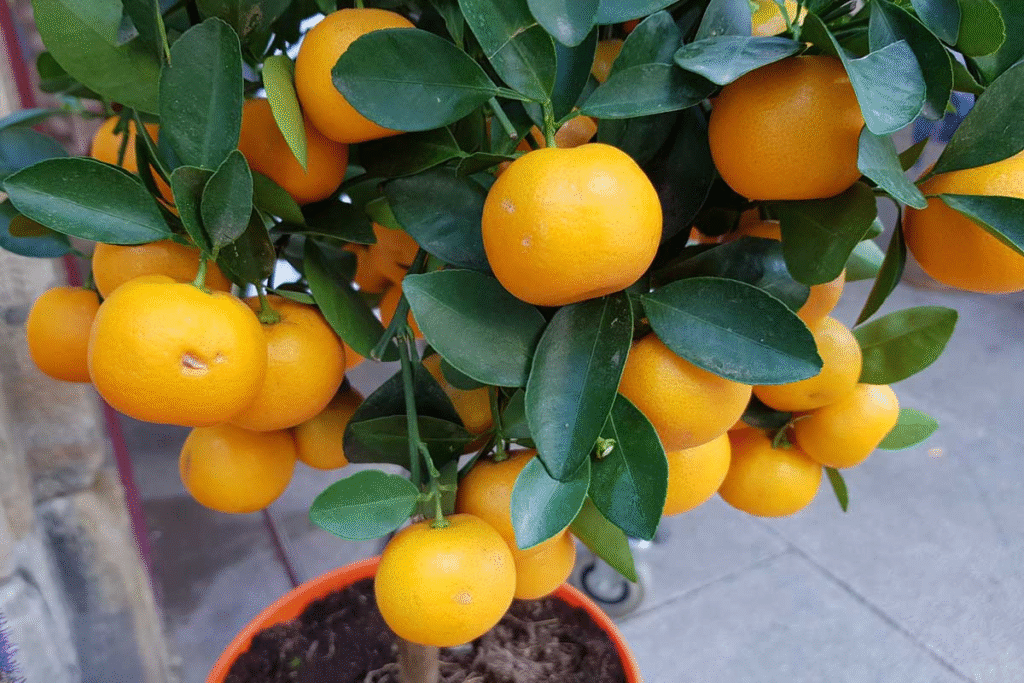
Growing Orange Trees from Seeds
While growing orange trees from seeds is possible, it’s important to note that seed-grown trees:
- May take 7-15 years to produce fruit
- Often don’t produce fruit identical to the parent tree
- Have the same care requirements as purchased trees
- Make interesting projects for educational purposes
If you’d like to try growing from seed:
- Extract seeds from a fresh, organic orange
- Wash off all pulp and let seeds dry slightly (not completely)
- Plant seeds 1/2 inch deep in moist potting mix
- Cover with plastic wrap to create a greenhouse effect
- Place in a warm location (70-75°F)
- Germination should occur within 2-3 weeks
- Remove plastic when seedlings emerge
- Transplant to individual pots when seedlings have several sets of true leaves
Common Pests and Diseases
Keeping your orange trees healthy requires vigilance against common problems:
Pest Management
Common orange tree pests include:
- Aphids
- Citrus leaf miners
- Scale insects
- Spider mites
- Citrus whiteflies
For organic pest control:
- Spray trees with a strong stream of water to dislodge pests
- Apply insecticidal soap or neem oil for persistent infestations
- Introduce beneficial insects like ladybugs or lacewings
- Keep the area around trees clean of fallen leaves and debris
Disease Prevention and Treatment
Orange trees can suffer from several diseases:
- Citrus canker: Characterized by raised lesions on leaves, stems, and fruit. Remove and destroy affected parts.
- Root rot: Caused by overwatering or poor drainage. Improve drainage and reduce watering frequency.
- Greening disease (HLB): A serious bacterial disease spread by insects. There is no cure, so prevention is essential. Contact your local agricultural extension if you suspect infection.
- Citrus scab: Fungal disease causing raised, corky lesions. Apply copper-based fungicides as a preventative measure.
The USDA maintains extensive resources on citrus disease management and current threats at their Animal and Plant Health Inspection Service website.
Harvesting and Using Your Oranges
The reward for all your care is a bountiful harvest of fresh, delicious oranges:
When to Harvest
Determining when to harvest depends on:
- Variety (check expected maturity dates)
- Color (most varieties should be fully colored)
- Taste (sample one fruit before harvesting all)
- Firmness (fruit should be firm but slightly yielding)
Most orange varieties take 7-15 months from flowering to harvest maturity.
Harvesting Techniques
To harvest without damaging the tree:
- Use pruning shears or scissors rather than pulling
- Cut the stem close to the fruit
- Handle carefully to avoid bruising
- Harvest in the morning when temperatures are cool
Storage and Usage
Fresh-picked oranges can be:
- Stored at room temperature for up to one week
- Refrigerated for 3-4 weeks
- Juiced and frozen for up to 6 months
- Used in culinary applications from fresh eating to marmalades
- Zested for flavoring in various recipes
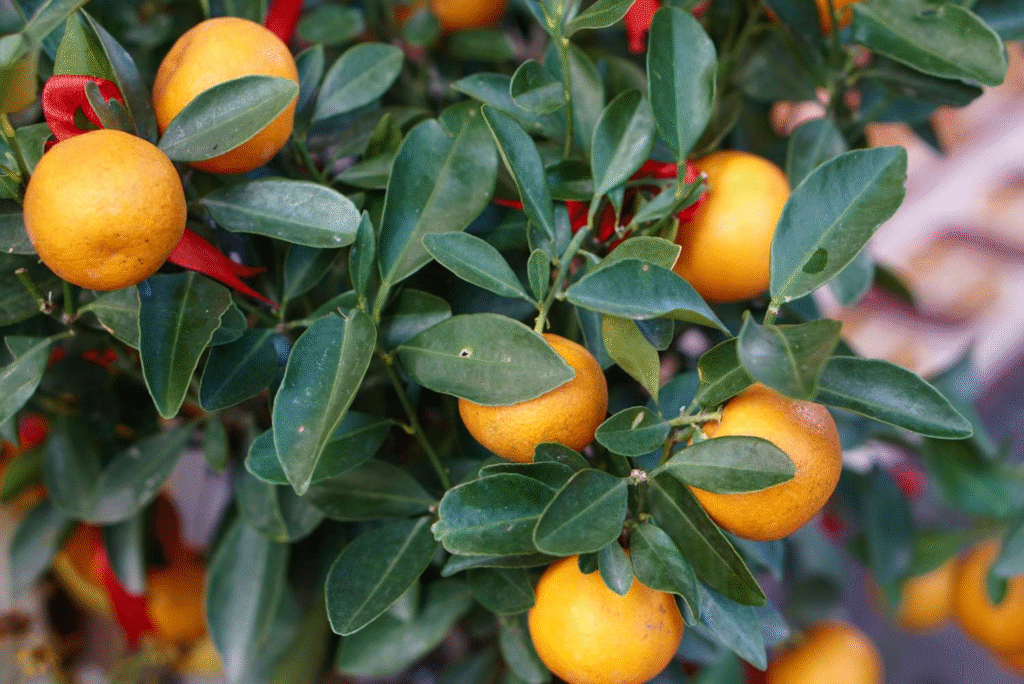
Pruning and Maintenance
Regular maintenance keeps your orange trees healthy and productive:
Pruning Guidelines
Prune your orange trees to:
- Remove dead or diseased branches
- Improve air circulation
- Maintain desired size (especially for container trees)
- Remove suckers from the base
- Shape the tree for aesthetic purposes
The best time to prune is late winter or early spring, before the active growing season begins.
Long-term Care
For continued health and productivity:
- Inspect regularly for signs of pests or disease
- Refresh mulch annually
- Test soil pH every 2-3 years
- Protect young trees from frost with covers or heat sources
- Consider supplemental calcium and magnesium if leaves show deficiency symptoms
Conclusion
Growing orange trees can be a fulfilling endeavor that provides you with nutritious fruit and beautiful ornamental value. By following the guidelines in this article and adapting them to your specific growing conditions, you can enjoy the rewards of homegrown oranges regardless of where you live.
Remember that patience is key—orange trees are an investment that will repay your care with years of harvests. Start with healthy nursery stock or seeds, provide consistent care, and monitor for potential issues. Before long, you’ll be enjoying the sweet taste of success with your very own homegrown oranges.
For more detailed information on specific orange varieties and regional growing advice, contact your local agricultural extension office or visit the USDA Citrus Research Program.


